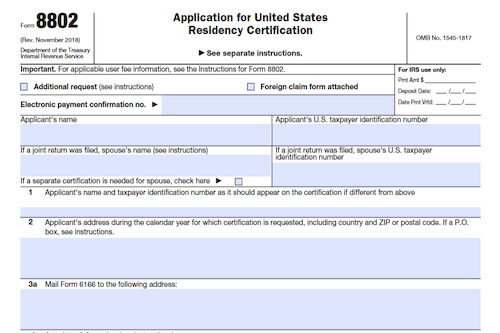Form 8949 is used to report sales and exchanges of capital assets, and to reconcile amounts reported to the IRS on Forms 1099-B or 1099-S (or substitute statements). It is also used to report certain other types of capital gains, depending on the type of entity filing the return. Certain adjustments and exceptions may apply.
What is Form 8949?
Form 8949 is used for individuals, corporations, partnerships, estates and trusts to report certain sales and exchanges of capital assets not reported on other forms or schedules. Individuals must complete Form 8949 before filing Schedule D with their return. The basis of the property, such as the purchase price and any improvements or depreciation, must be tracked and reported on the form. The form allows taxpayers to reconcile the proceeds of the sale or exchange with the amounts reported on their return. Transactions reported on Form 8949 are used to figure the overall gain (or loss) on Schedule D. Special provisions apply in certain situations. Taxpayers must also determine whether the capital gain or loss is short-term or long-term, as well as report any special rules that apply to the disposition of property.
IRS Form 8949 – Who Needs to Fill It Out?
Form 8949 is used to report sales, exchanges, and other dispositions of capital assets. Individuals, corporations, partnerships, estates, and trusts all use Form 8949 to report their capital gains and losses when filing their return. For individuals, it should be completed before filling out the corresponding line on Schedule D. Form 8949 requires taxpayers to reconcile amounts reported to them on Forms 1099-B or 1099-S with their Federal return. Short-term gains and losses should be reported on Part I of Form 8949, while long-term gains and losses should be reported on Part II. Rounding off to whole dollars is allowed on this Form. A corporation’s share of gains and losses from investments in partnerships, estates, or trusts should also be reported on Form 8949. Nonbusiness bad debts should be treated as short-term capital losses. Additional information is available in the instructions for the Schedule D that is being filed, as well as in Pubs. 544 and 550. For matters relating to digital assets, see Notice 2014-21 and Rev. Rul. 2019-24.
Step-by-Step: Form 8949 Instructions For Filling Out the Document
To complete Form 8949, you will first need to have certain forms ready, including Schedule D of Forms 1040, 1040-SR, 1041, 1065, 8865, 1120, 1120-S, 1120-C, 1120-F, 1120-FSC, 1120-H, 1120-IC-DISC, 1120-L, 1120-ND, 1120-PC, 1120-POL, 1120-REIT, 1120-RIC, and 1120-SF; and certain Forms 990-T. Individuals, estates, and trusts report transactions on Form 8949, filing separate forms for each if necessary, and use Schedule D to determine the overall gain/loss from transactions. Corporations report their share of capital gains/losses from investments in partnerships, estates, or trusts on Form 8949, while China opportunity funds are reported on Schedule A to Form 8971. Additionally, other provisions such as basis and recordkeeping, short-term/long-term capital gains/losses, section 1061 reporting, and digital asset transactions should also be factored.
Below, we present a table that will help you understand how to fill out Form 8949.
| Form 8949 | Instructions |
|---|---|
| To complete Form 8949, you will first need to have certain forms ready, including Schedule D of various forms. |
|
Do You Need to File Form 8949 Each Year?
Form 8949 needs to be filed each year to report sales and exchanges of capital assets. This includes reconciling any proceeds reported on Forms 1099-B or 1099-S with amounts reported on your return. If all 1099’s show basis reported to the IRS and no adjustments are needed, you may not be required to file Form 8949. Certain adjustments to the basis or properties must be reported on Form 8949, including gains from involuntary conversion or the disposition of interests in a qualified opportunity fund (QOF). Corporations and partnerships report gains and losses from a partnership, estate, or trust on Form 8949. Estates and trusts, and individuals also use this form. The gain or loss is also classified as either short-term or long-term. Any digital assets, such as bitcoin, must also be reported on Form 8949 and are treated as property.
Download the official IRS Form 8949 PDF
On the official IRS website, you will find a link to download Form 8949. However, to make it easier for you, we are providing the link in our article, which comes directly from the official irs.gov website! Click to download: Form 8949
Sources:




